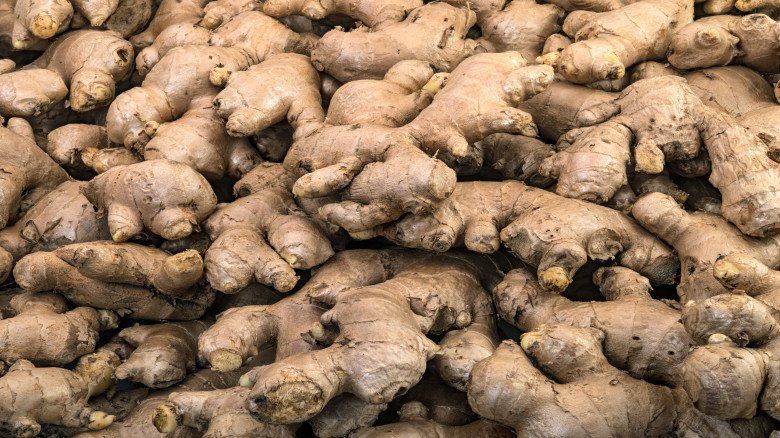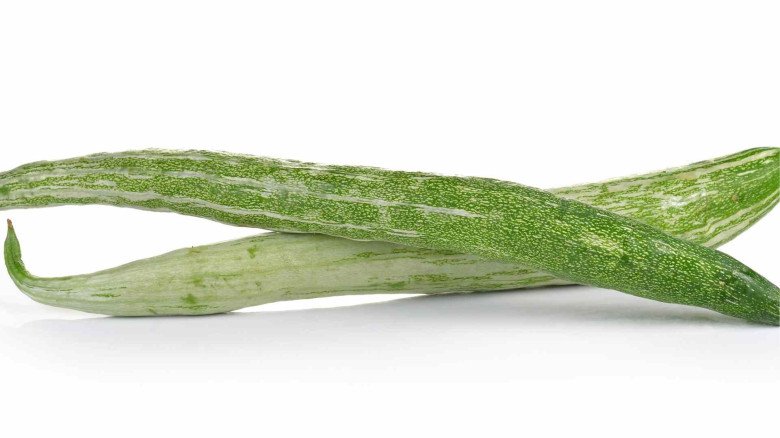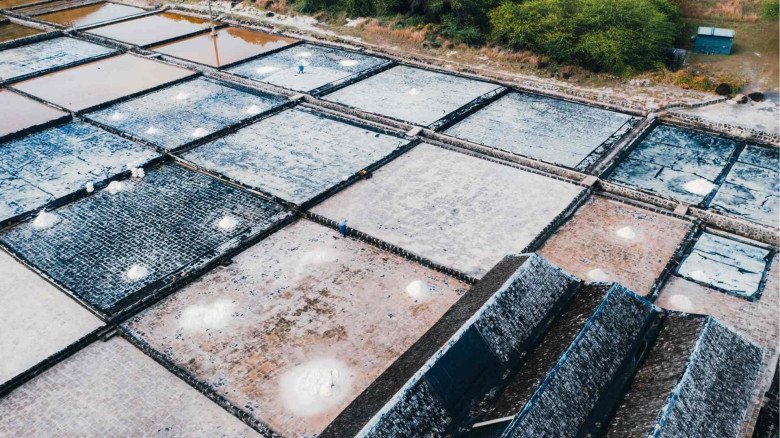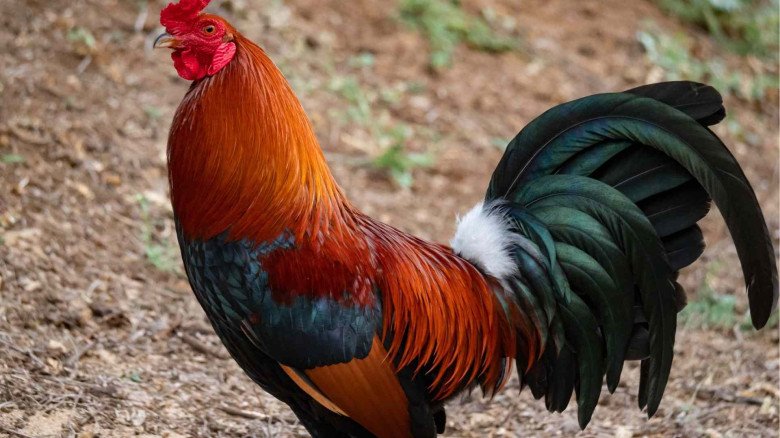Stanford’s Innovative Smart Agriculture Tool Transforms Water Management for Greater Efficiency
A new irrigation design and management tool for farms contributes to the adoption of smart agriculture, a strategy that uses data and contemporary technologies to increase agricultural yields while preserving natural resources.
A technique for optimizing irrigation that Stanford researchers have created may help farmers use less water.The device quickly calculates the amount of water lost from soils as a result of "evapotranspiration," which is the process by which water vapors escapes into space and is taken up by plants. In comparison to the most advanced methods for obtaining these estimates of evapotranspiration, the new Stanford modelling tool operates 100 times quicker while retaining the same degree of accuracy.
In actual use, the technology may significantly cut down on the amount of time required to plan smart irrigation programs that optimally place sensing and watering systems throughout whole fields. On a more specific, field-by-field level, the device could even be able to process data quickly enough to modify irrigation as the weather changes, almost instantly.
"Evapotranspiration is an essential component for developing effective irrigation systems," stated Weiyu Li, an energy science and engineering PhD candidate and the primary author of a report outlining the results published in Water Resources Research. At Stanford Doerr School of Sustainability, Li is the first and sole winner of a Siebel Scholar for the class of 2023.
Stanford's innovative technology for efficient water use in agriculture from Farmersrathna Agri-news
All things considered, the study represents a positive development for smart agriculture, which increases agricultural yields while preserving natural resources by utilizing the potential of contemporary tools and techniques like big data and the Internet of Things.
Senior study author Daniel Tartakovsky, an energy science and engineering professor and Li's advisor, said, "With this study, we're helping to deliver on the promise of smart agriculture to continue sustainably feeding billions of people worldwide and preserving our planet for future generations."
Straightforward vertical, intricate horizontal
The vertical-flow assumption has been the foundation of traditional evapotranspiration accounting. The water used for irrigation is only considered to be going straight down into the soil in this modeling technique. It is disregarded that water may and does flow in horizontal directions. The vertical-flow assumption has been employed as a kind of computational shortcut since smart agriculture necessitates processing large volumes of data. According to Li, while the technique is adequate for some irrigation modeling requirements, the outcomes it produces might be much enhanced.
Specifically with regard to "drip irrigation," Li clarified that the vertical-flow assumption is insufficient for really intelligent agriculture. As the name suggests, drip irrigation entails precisely and slowly supplying water to the root zones of plants so that it may be absorbed with the least amount of evaporative loss. Drip irrigation is typically used in dry areas, such as most of California, where traditional irrigation methods that submerge fields result in excessive water use.
Systems for smart agriculture also maximize time. They just water a plant when necessary, which varies based on the weather and the stage of growth of the plant. Tartakovsky stated, "Historically, irrigation has been largely divorced from the plant's needs at a given moment." "Drip irrigation defies that trend, guided by intelligent agricultural practices."
Thus, determining the ideal locations for moisture sensors and drippers is a component of the smart agriculture challenge. Unlike previous systems, which rely on estimates and conjecture, this tool seeks to offer advice based on actual and almost real-time situations.
Improved algorithms
Li and Tartakovsky used algorithms to enhance data processing and produce high-quality findings in the development of the program. The researchers used two algorithms—maximum likelihood estimation and an improved Kalman filter—for the current study. The algorithms decrease uncertainty based on successive measurements after beginning with predictions based on existing measured data.
Li stated, "We incorporate actual measurements of soil moisture and root water uptake into our model, which enhances our comprehension of the physical system as a whole and the algorithm's performance." "This kind of algorithmic approach is not combined and applied to drip irrigation until our study."
In order to assess the precision and efficacy of their methodology, the Stanford researchers replicate a land area of around 5 by 33 feet in width, which is comparable to a brief row of crops.
Smart farming tools revolutionizing crop irrigation and sustainability from Farmersrathna Agri-news
It only took around ten minutes to determine an accurate estimate of the evapotranspiration rate for the test patch of land using the new modeling tool. As other subsequent investigations have shown, the computational time would have been around 1,000 minutes, or roughly 100 times longer, if an upgraded Kalman filter alone had been applied. That amount of time, which is about 17 hours, cannot be used for timely smart agriculture. Li stated, "In contrast, an irrigation optimization system built on our modeling tool could react to changing conditions almost instantly."
The computing effort required becomes absolutely prohibitive when one considers the objective of optimizing the upfront design of drip irrigation systems for a whole farm, which can span hundreds of acres. When faced with large installation projects, Li added, "you can begin to see why irrigation system designers have relied on the simplified vertical-flow method."
In the future, the Stanford researchers hope to test the practicality of their modeling tool by deploying it on an operational farm. "Our next goal is to actually conduct a 'field' test," Tartakovsky stated. "With all the variables presented by real sensors, real drippers, real crops, and real weather, we look forward to further refining our approach."
-logo.webp.png)
.jpg)
-logo.webp.png)


































Leave A Comment